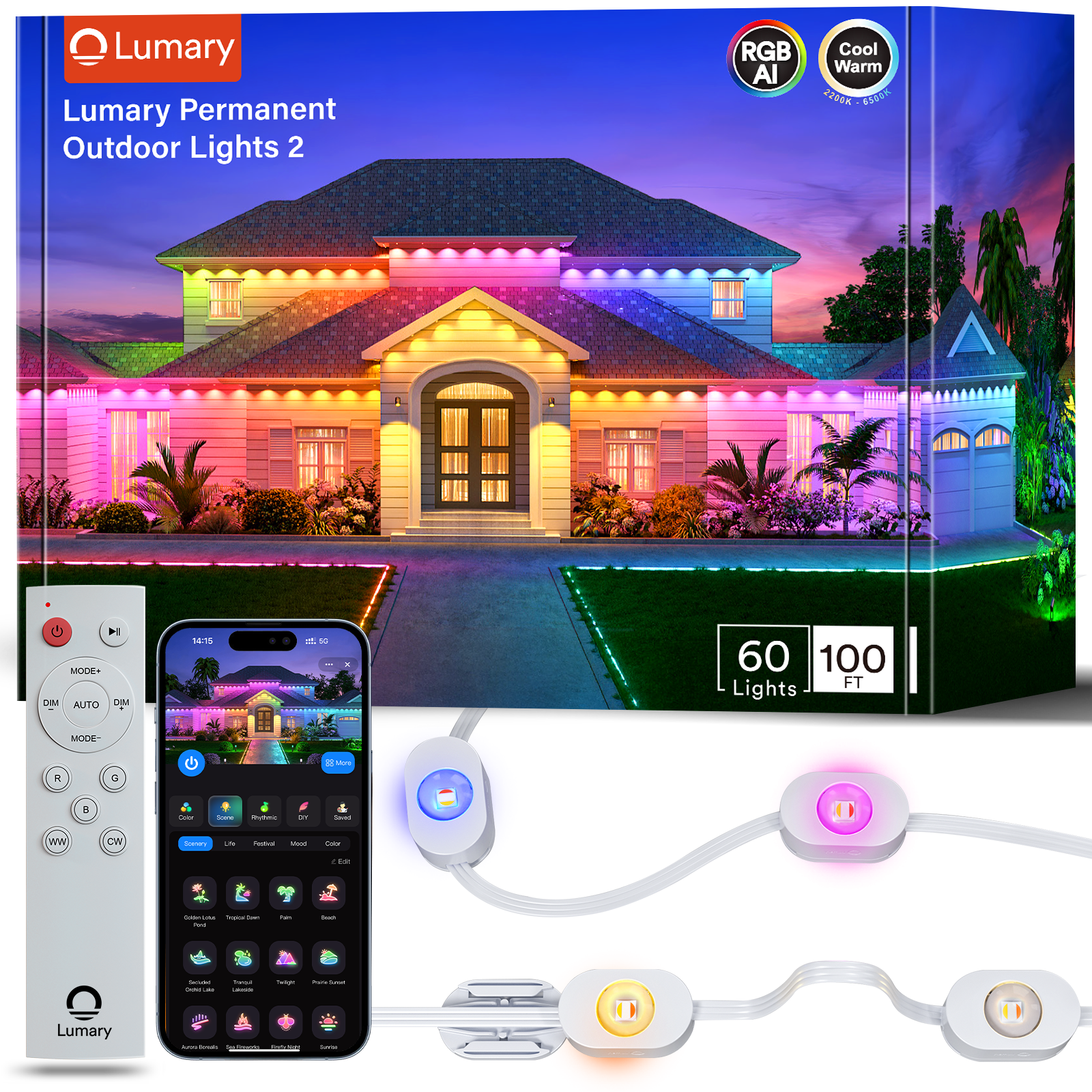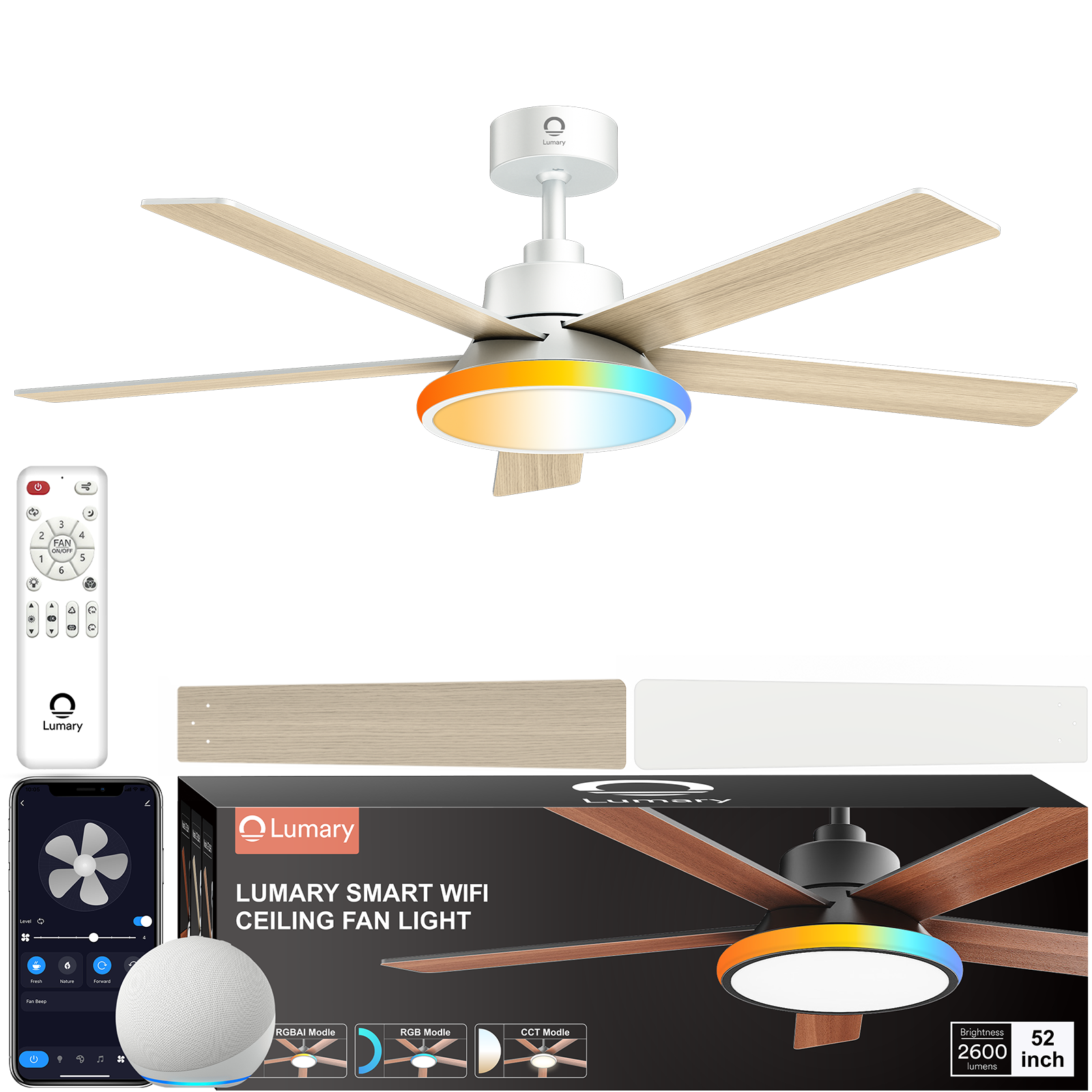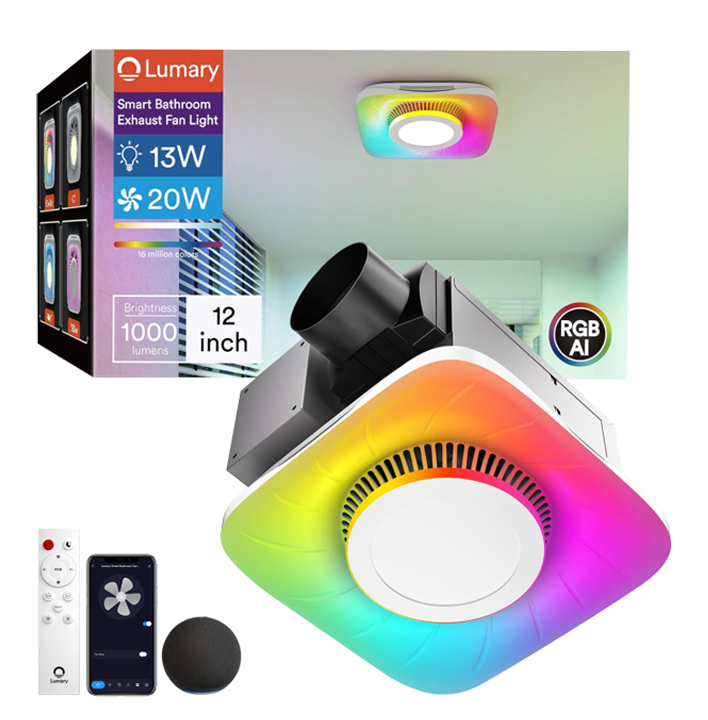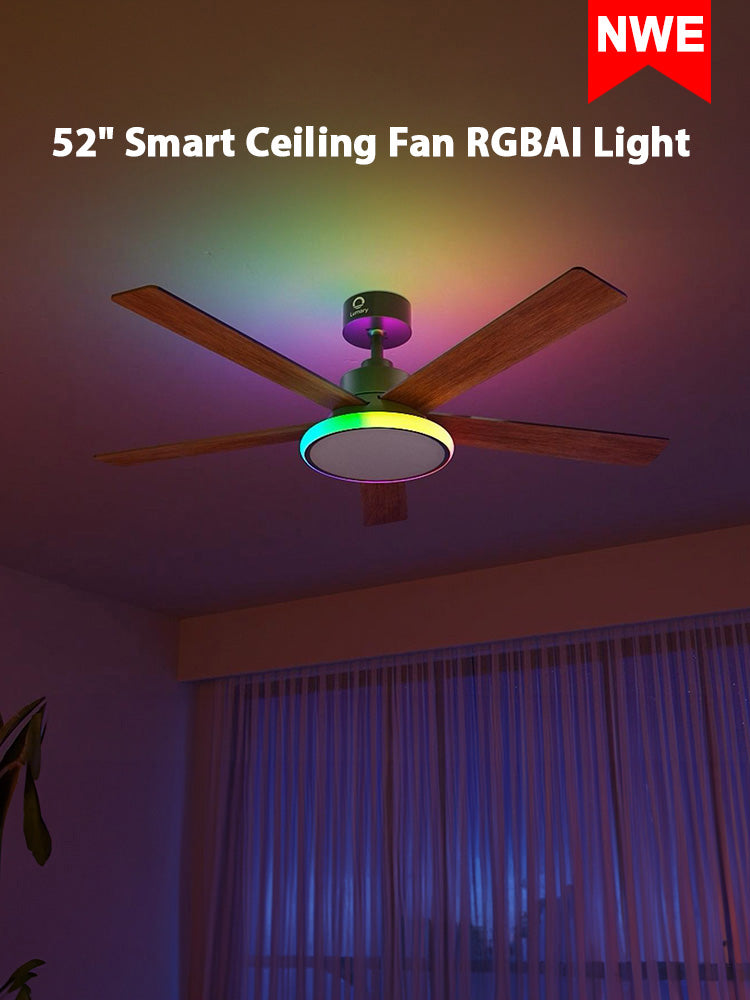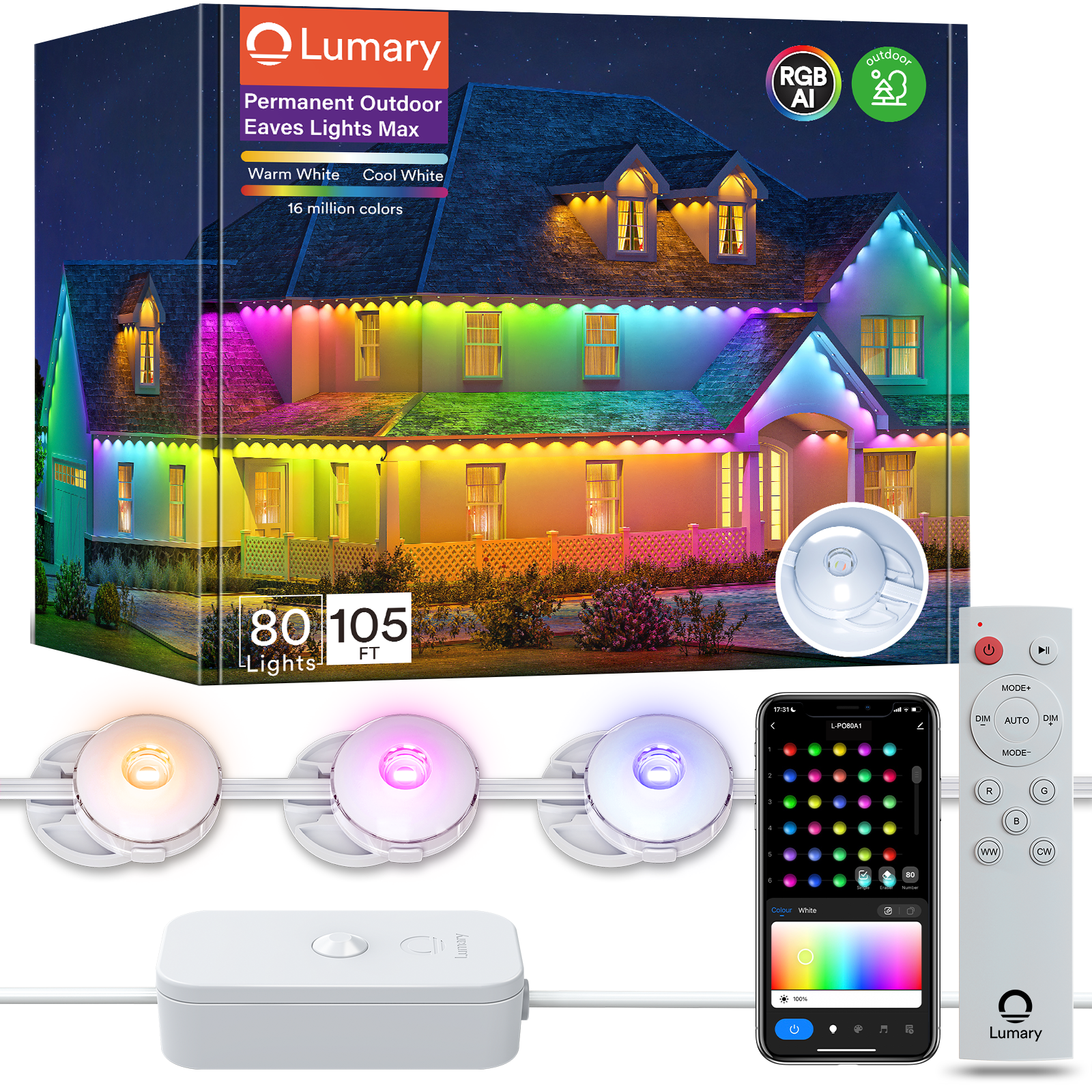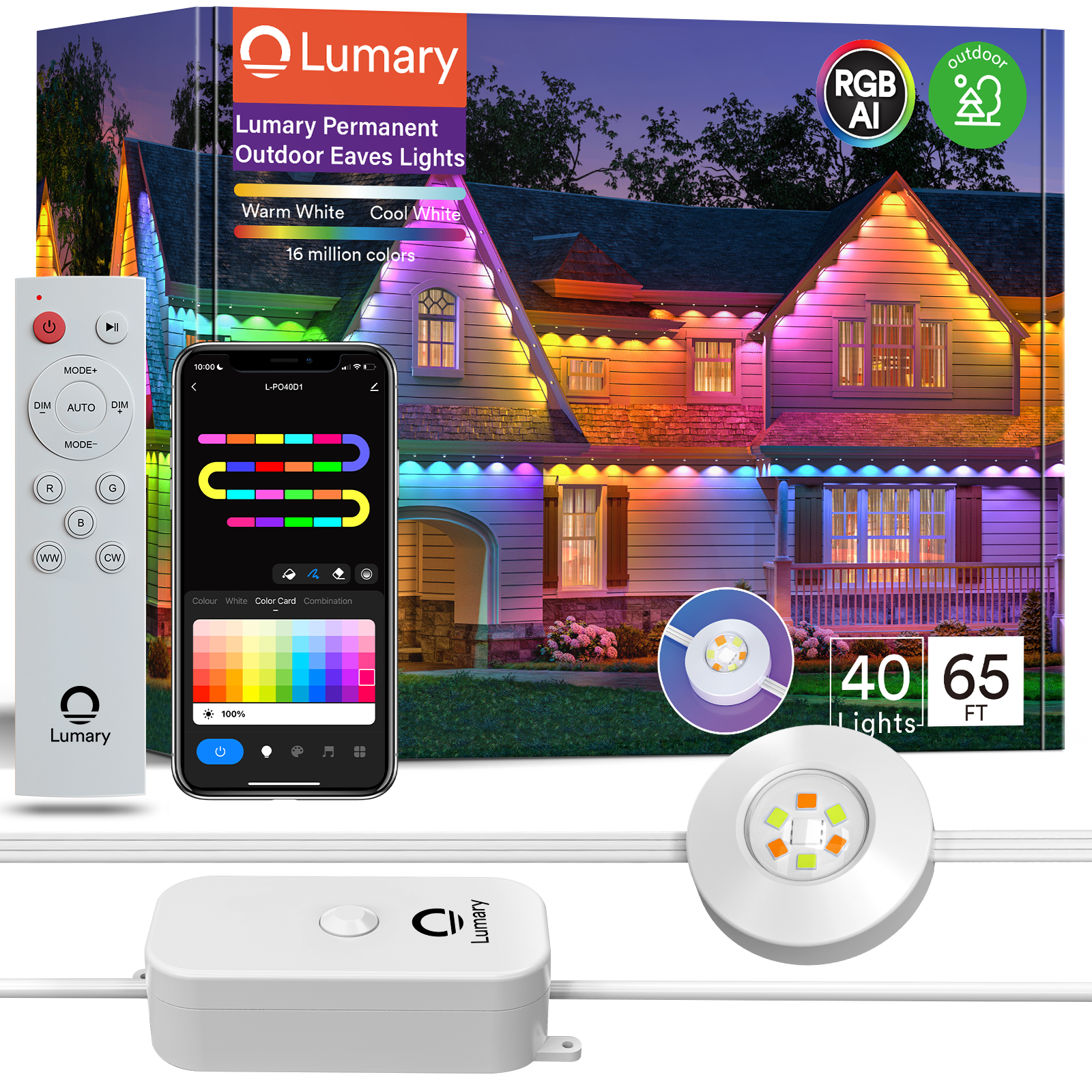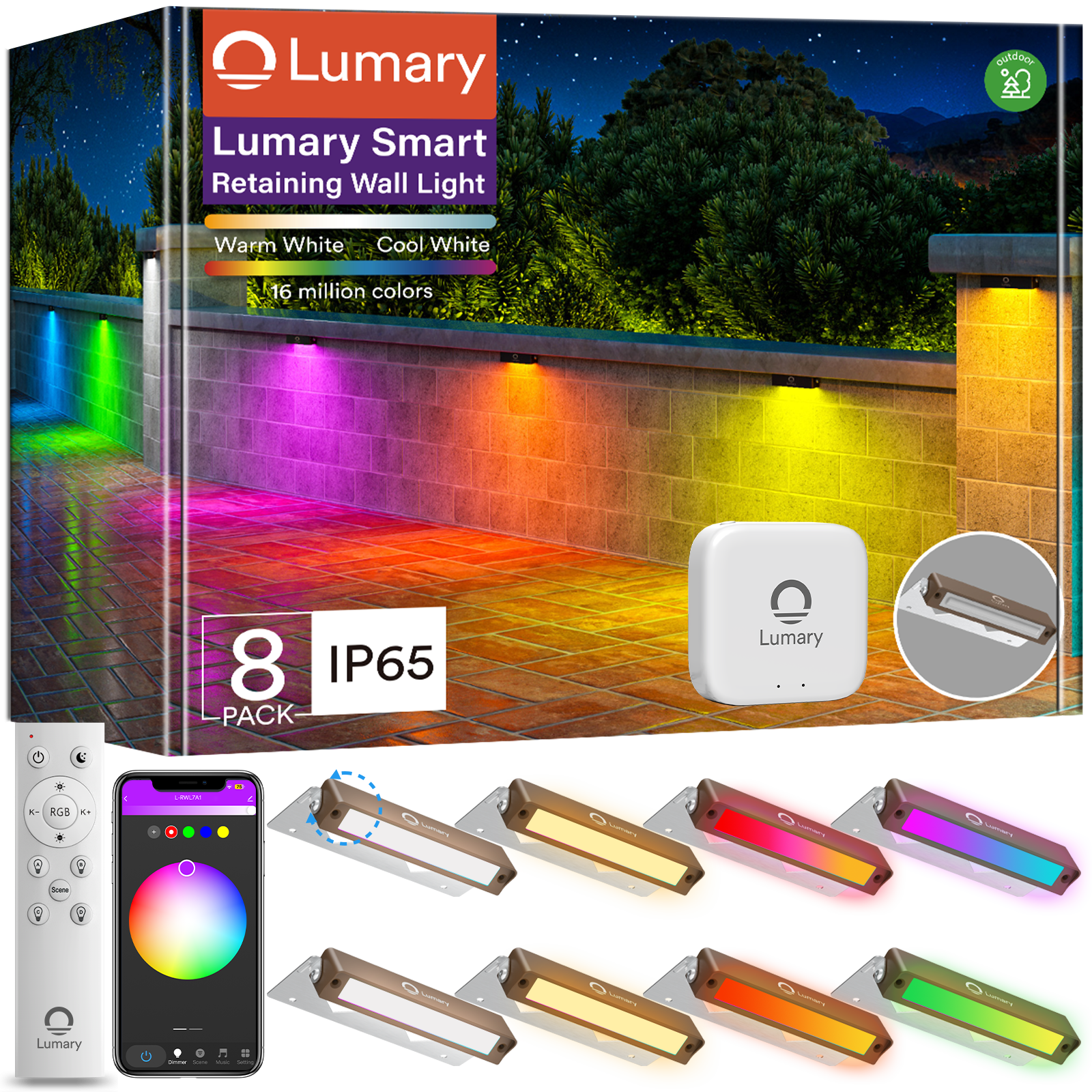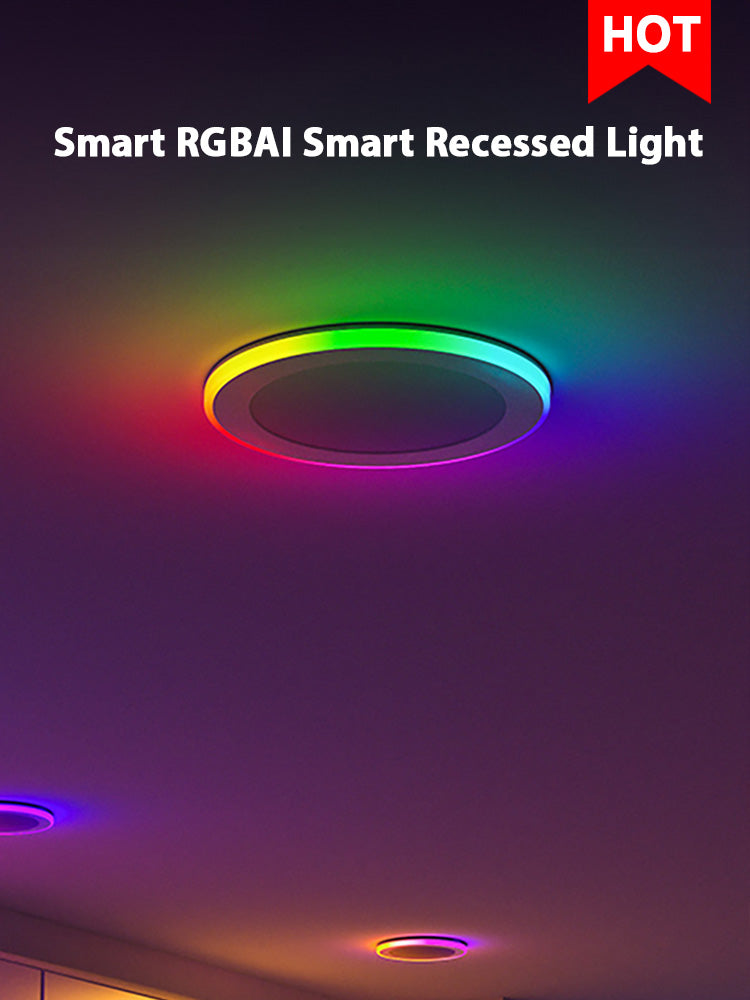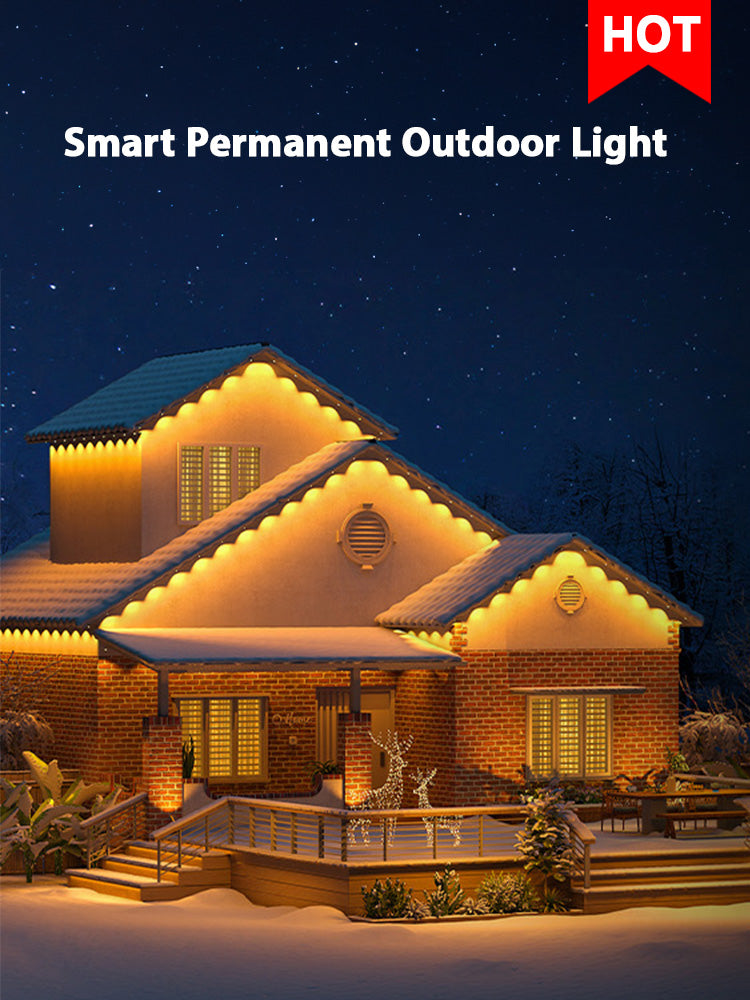Quick Answer
For pathway lights, space them about 6 to 8 feet apart. This distance gives a nice balance of light along the path, making it safe and inviting without being too bright or cluttered.
Introduction
Outdoor pathway lights are not just about brightening the way, but also adding a touch of elegance to your garden or walkway. But how do you get the spacing right? Too close together and your path might look like an airport runway, too far apart and you could be left with a game of nighttime hopscotch. Don’t worry, we’ve got you covered. This article is your simple guide to understanding the ins and outs of pathway light placement—ensuring your outdoor space is both safe and beautifully lit. Whether you’re sprucing up your backyard or lighting a public walkway, we’ll help you strike the perfect balance for that inviting glow. Let’s shed some light on the subject!

What is Pathway Lighting?
At their core, pathway lights are small fixtures placed along walkways, driveways, or garden paths. Their primary purpose is two-fold: to illuminate the way so that people can navigate safely after dark, and to highlight the landscape design features of your property.
There are several types of pathway lights to choose from, depending on your needs and style preferences:
- LED Lights: LED pathway lights are energy-efficient and have a longer lifespan. They’re available in various colors and can be wired or battery-operated. Some LED lights even offer adjustable brightness settings.
- Low-Voltage Electrical Lights: Typically wired into a low-voltage transformer, these lights are reliable for consistent illumination and can be quite bright. They do require some electrical know-how to install but can be particularly durable and robust.
- Solar-Powered Lights: These are eco-friendly and easy to install since they don’t require wiring. They charge during the day using sunlight and automatically light up as the sun sets. However, their brightness and duration will depend on the amount of daylight they receive.
When planning your perfect pathway, spacing is key. It affects everything from the intensity of light to energy consumption and plays a crucial role in achieving the look and feel you desire. Striking the right balance between lights will create an inviting path that leads the eye naturally through your space.
Factors Influencing Pathway Light Spacing
Determining the perfect spacing for your pathway lights isn’t just about sticking to a standard formula; it’s about considering several factors that can influence how you’ll arrange your lights.
Light Coverage and Beam Angle
Each light casts its glow in a certain pattern and reach—this is known as the light spread. When lights are placed too far apart, you might end up with dark patches between them. Understanding the beam angle, which is the width of light emitted from a source, helps you overlap these spreads slightly, ensuring there are no gaps in your pathway’s lighting.

Bulb Type and Light Output
Not all bulbs are created equal. The type of bulb you choose will have a specific wattage (power) and lumen output (brightness). Higher lumens mean more light, influencing how far you can space your lights apart without losing visibility. You’ll want to match the brightness to the level of use your path will see - a dimly lit garden stroll calls for a different brightness than a frequently used walkway.
Path Characteristics
The unique features of your path also play a part. How wide is it? Does it have curves or straight lines? Wider paths may require lights on both sides or broader beam angles, while narrow paths could be flanked by single lights. For curving paths, closer spacing may be needed to guide the way smoothly.
Ambiance Versus Safety
Are you aiming for a softly lit ambiance or a clear, safe passage? Maybe it’s a bit of both. If you’re going for a gentle glow to show off your garden’s features, wider spacing with softer light may suffice. However, for those who prioritize both aesthetics and safety, discovering how smart pathway lights can enhance your home's security and ambiance is essential. But for safety—especially in high-traffic areas or uneven surfaces—you’ll need brighter, more closely spaced lights.
By keeping these factors in mind, you’re already on your way to laying out a lighting plan that will not just look good, but also function precisely for your needs. Up next, we’ll delve into specific guidelines to start plotting those crucial points of light along your pathway.
How Far Apart Should Pathway Lights Be?
Standard Spacing Recommendations
A good rule of thumb for spacing pathway lights is to place them about 6 to 8 feet apart. This ensures that the beams overlap enough to create a continuous path of light, eliminating dark spots between fixtures. For broader paths or areas needing more visibility, you might want to lean towards the lower end of this range.
However, these are just starting points; the unique layout of your property might call for adjustments. If there are focal points along the path like statues or plants, consider highlighting these features with additional or specially placed lights.
Techniques for Perfecting Your Spacing
Figuring out the ideal placement doesn’t have to be guesswork. There are practical ways to ensure your lights will look great before you install them:
- Use a Light Spacing Calculator: Online tools can help determine the optimal distance between lights based on their lumen output and your path dimensions.
- DIY Testing: Before making any permanent decisions, try a simple test. Lay out your lights where you think they should go at dusk (without installing them), turn them all on, and walk the path. Adjust as needed until the lighting feels right—this hands-on approach can save you time and effort down the line.
Best Pathway Light: Lumary Smart RGBAI Pathway Lights Pro
When it comes to choosing the best pathway lights, the Lumary Smart RGBAI Pathway Lights Pro stands out for its exceptional features and versatility. These lights are not only practical for illuminating pathways but also offer a range of colors and effects perfect for any occasion.
Key Features:
- IP65 Waterproof: Suitable for all weather conditions, ensuring durability.
- RGBAIWW Technology: Offers 16 million color options and adjustable white temperature from warm to cool for customized lighting effects.inviting you to explore the outdoor lighting color: warm, cool, and daylight hues for creative and functional illumination.
- Rotatable Dual-Head Design: Allows you to direct light where it’s needed, perfect for both pathway illumination and spotlighting features.
- App and Voice Control: Easily adjust settings via an app or use voice commands with Alexa or Google Assistant for hands-free control.
- Timer Schedule: Set your lights to turn on or off automatically, which is great for security and energy efficiency.
- Scenes Mode: Preset modes for different occasions; tailor lighting to events like parties or holiday decorations.
-
Brightness & Color Temperature Adjustable: From 1% to 100% brightness and 2200K to 6500K temperature, suitable for creating ambiance or providing clear visibility.

What Makes Lumary Lights Great for Outdoors?
- Customizable Colors: With millions of color options, you can set the mood for holiday celebrations, such as Christmas or Halloween, or match the lighting to wedding themes or birthday parties.
- Directional Lighting: The rotatable heads allow you to highlight specific garden features, steps, or hazards, adding both beauty and safety to your outdoor space.
- Smart Controls: Control via the app gives you the convenience to adjust settings from anywhere, while voice control is perfect when your hands are full or you’re already cozy inside.
- Energy Efficiency:
The timer ensures lights are only on when needed, saving energy. This is useful for daily schedules or making sure your home looks occupied even when you’re away.
- Ambiance Options: Adjustable brightness and color temperature mean you can go from a soft, warm glow for a romantic dinner outdoors to bright, cool light for high visibility in areas like cooking stations or workbenches.
If you’re looking to give your garden paths a glow-up, the Lumary Smart RGBAI Pathway Lights Pro is the best choice. These little wizards of light are not just about guiding your steps at night; they also add a splash of color to any shindig or quiet evening. Just tap your phone, and voilà – instant mood setter for whatever the occasion may be.
Final Thoughts
Lighting your garden path is a personal adventure that goes beyond basic rules—it’s where science meets your unique style. It’s all about finding the right balance between making sure everything is lit up just enough and adding your own creative touches. Think about how much light you need, what kind of bulbs will work best, and how you can use them to make your outdoor space feel special. The perfect lights do more than help you see in the dark; they create an atmosphere, keep you safe, and can even turn your garden into a magical place. As you try out these tips, remember to put your spin on things and let your outdoor area shine in a way that’s all your own. Your path to a well-lit garden is not just practical but a chance to express yourself too.
Frequently Asked Questions about Pathway Lights
Q1: Is it better to stagger pathway lights?
Yes, staggering pathway lights is a good idea if you want to avoid a runway look. It gives a more natural feel and ensures even lighting coverage across the path.
Q2: How should landscape lights be angled for the best effect?
Angle landscape lights so they highlight the features you want without shining into people’s eyes or into windows. Spotlights on trees work well at a 30-degree angle, while floodlights for walls might need a wider angle.
Q3: Can you have too much outdoor lighting in landscaping?
Absolutely, too much lighting can wash out your yard, create harsh glares, and waste energy. Use just enough light for visibility and accentuation.
Q4: Is it advisable to keep pathway lights on all night?
For safety and security, you can leave them on all night. To save energy, consider lights with motion sensors or timers.
Q5: How bright should lights be on an outdoor walkway?
Aim for at least 100 lumens for general pathway lighting. This is sufficient to light up a walkway safely without being overly bright.
Q6: What distance does a 700-lumen light cover?
A 700-lumen light is quite bright and can illuminate an area up to 30 feet away, depending on the light’s design and where it’s positioned.
Q7: What’s the optimal height for pathway lights?
The ideal height for pathway lights is typically between 6 to 20 inches. This height ensures adequate lighting without glare and prevents lights from being obscured by plants.
Q8: What is the best voltage for landscape lighting?
Low-voltage systems (12-24 volts) are commonly used for landscape lighting because they’re safe, energy-efficient, and easy to install.

